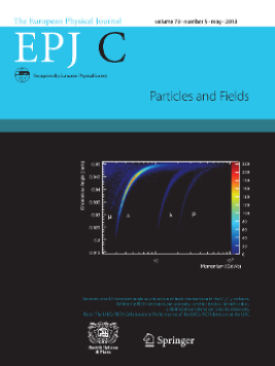The physics results presented on this web page were obtained thanks to the excellent LHC collider performance, to the excellent LHCb data acquisition and analysis, and certainly also to the excellent quality of LHCb detector. As an example the exceptional precision of the particle identification achieved by one of the two RICH detectors is shown in the left image below. RICH detectors work by measuring the emission of Cherenkov radiation. This phenomenon occurs when a charged particle passes through a certain medium faster than light does. As it travels, a cone of light is emitted, which the RICH detectors reflect onto an array of sensors using mirrors. The shape of the cone of light depends on the particle’s velocity, enabling the detector to determine its speed. Scientists can then combine this information with a record of its trajectory (collected using the tracking system and a magnetic field) to calculate its mass, charge, and therefore its identity.
But why the speed of light is lower in the medium? – see an explanation here.
click the images for higher resolution
The LHCb Collaboration has recently published a paper in the European Physics Journal C describing the performance of the LHCb RICH detectors. The Journal has honoured the excellent quality of LHCb detector by placing the RICH performance image on its cover page as seen in the right image above.
Read more about the LHCb detector at this web site here.


